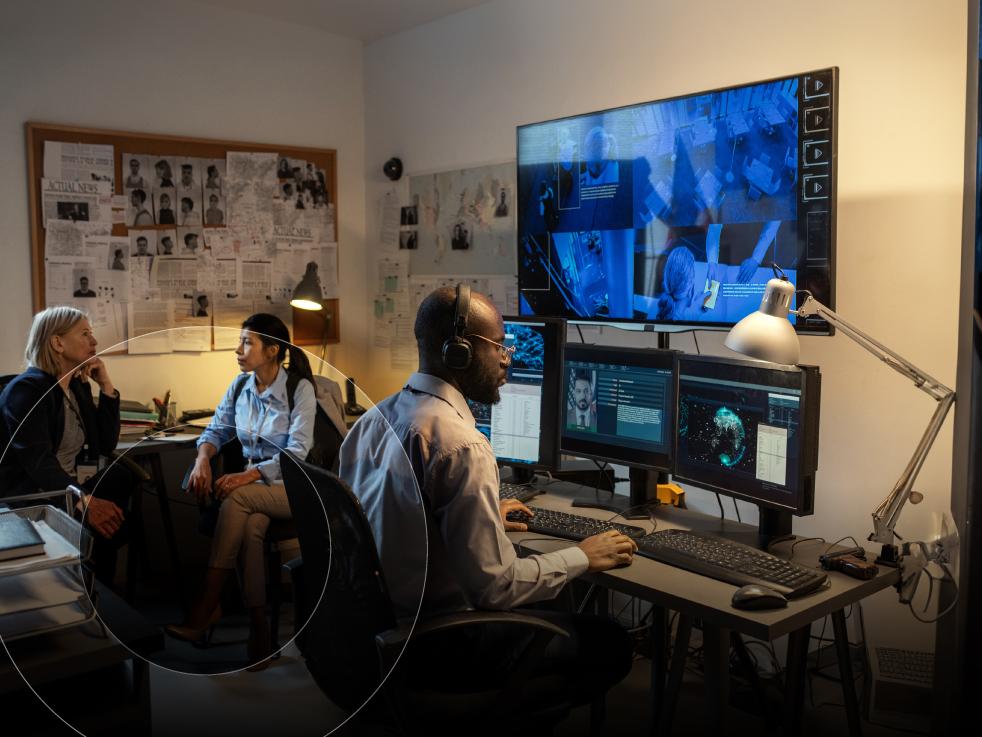Windows 365 is VDI with a twist: Device freedom
A solution built for the hybrid workforce

Once upon a time, a mass shift to a predominantly remote workforce seemed far-fetched. But here we are. Now, roughly 18 months since the start of COVID-19, things are changing yet again.
While many organizations are bringing employees back to the office, most are intending to utilize some measure of hybrid work. Unfortunately, thanks to a global chip shortage, it’s become increasingly difficult to get workers the devices they need to effectively do their jobs from anywhere.
For Microsoft users, however, the grim reality of a hardware shortage isn’t as problematic as it once was. Why? Windows 365, the new era of hybrid personal computing.
What is Windows 365?
Announced at Microsoft Inspire back in June and made available for purchase starting August 2, 2021, Windows 365 is a virtual PC hosted in the cloud.
Built on top of Azure Virtual Desktop (AVD), it takes the operating system to the cloud, “securely streaming the full Windows experience – including all your apps, data, and settings – to your personal or corporate devices.”
You might be wondering, what is the difference between Windows 365 and AVD, or any other traditional virtual desktop infrastructure (VDI)? It’s all about improved user experience.
The true benefit of Windows 365
With a traditional VDI, you set up a server, install applications, and give users access. Windows 365 is much simpler.
It’s a Cloud PC, so virtualization is handled entirely by Microsoft. You no longer need to worry about the hardware and software configurations of your end users’ devices, making deploying operating systems faster and easier.
But the real beauty of Windows 365 is device freedom.
Windows 365 offers a 1:1 user-to-PC relationship – meaning you have a dedicated machine in the cloud per user. You can log in using the RDS (Remote Desktop Services) Client or you can connect any device through a web browser.
Using a tablet, phone, or laptop? It doesn’t matter. Working from a company-issued machine or a personal PC? Same difference. With Windows 365, you can now stream Windows 10 and Windows 11 (when available) from any device no matter where you are. And, since it’s purchased through a per-user license rather than on a consumption-based model, it’s even more frictionless.
Device freedom built for a hybrid world
Companies were beginning to embrace remote work before the pandemic but had to quickly adopt it when work from home (WFH) became necessary.
But something else happened along the way. Employers witnessed how productive employees could be outside the office and how much they valued flexibility. And, therefore, many are implementing a hybrid work approach moving forward.
For this to be successful, however, users must be able to access the information they need when they need it, regardless of device. Hardware shortages are making this much more complicated, which is more reason why Microsoft’s release of Windows 365 couldn’t have come at a better time.
A Cloud PC makes the device less important. You can customize and provision a desktop based on the users’ needs, without stressing about the backend hardware and software, and your employees can access the applications they require from any device and any location.
Microsoft customers: Welcome to a solution built for the hybrid experience.
To learn more about how you can take advantage of Windows 365, ask about SHI’s Desktop Modernization Services today.




